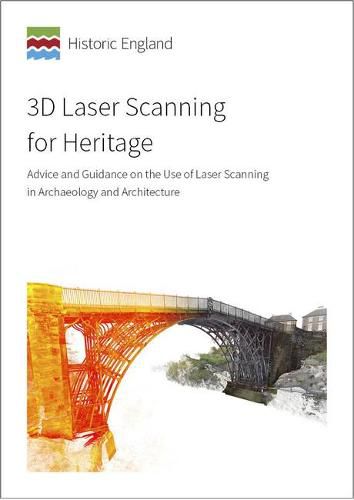Readings Newsletter
Become a Readings Member to make your shopping experience even easier.
Sign in or sign up for free!
You’re not far away from qualifying for FREE standard shipping within Australia
You’ve qualified for FREE standard shipping within Australia
The cart is loading…






The first edition of 3D Laser Scanning for Heritage was published in 2007 and originated from the Heritage3D project that in 2006 considered the development of professional guidance for laser scanning in archaeology and architecture. Publication of the second edition in 2011 continued the aims of the original document in providing updated guidance on the use of three-dimensional (3D) laser scanning across the heritage sector. By reflecting on the technological advances made since 2011, such as the speed, resolution, mobility and portability of modern laser scanning systems and their integration with other sensor solutions, the guidance presented in this third edition should assist archaeologists, conservators and other cultural heritage professionals unfamiliar with the approach in making the best possible use of this now highly developed technique.
$9.00 standard shipping within Australia
FREE standard shipping within Australia for orders over $100.00
Express & International shipping calculated at checkout
Stock availability can be subject to change without notice. We recommend calling the shop or contacting our online team to check availability of low stock items. Please see our Shopping Online page for more details.
The first edition of 3D Laser Scanning for Heritage was published in 2007 and originated from the Heritage3D project that in 2006 considered the development of professional guidance for laser scanning in archaeology and architecture. Publication of the second edition in 2011 continued the aims of the original document in providing updated guidance on the use of three-dimensional (3D) laser scanning across the heritage sector. By reflecting on the technological advances made since 2011, such as the speed, resolution, mobility and portability of modern laser scanning systems and their integration with other sensor solutions, the guidance presented in this third edition should assist archaeologists, conservators and other cultural heritage professionals unfamiliar with the approach in making the best possible use of this now highly developed technique.